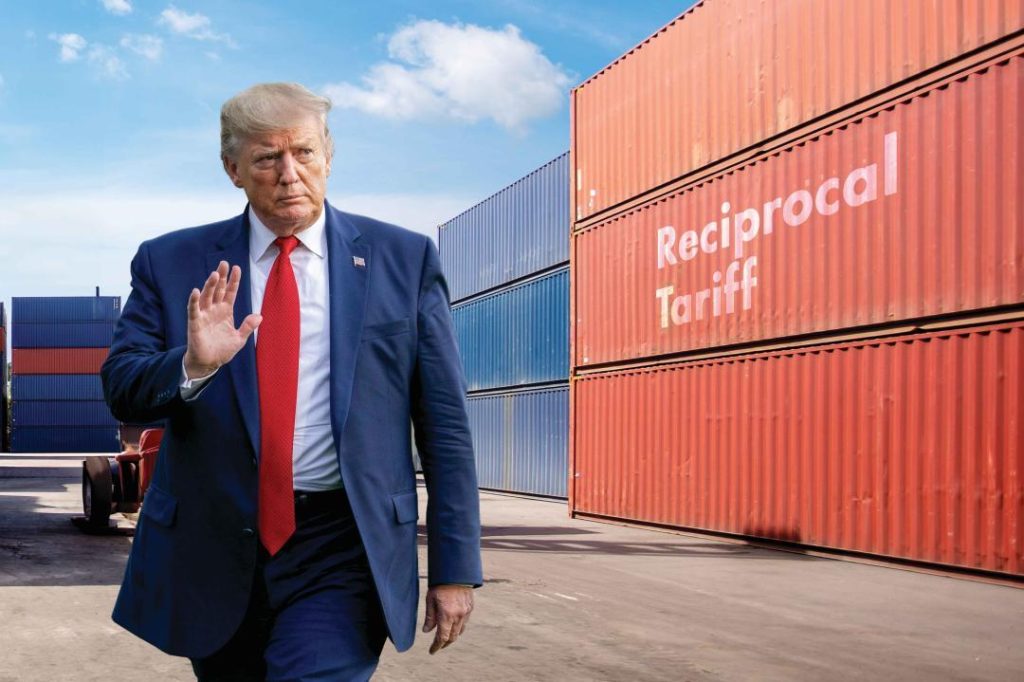
The Great Tariff War: Disruption, Diplomacy, and the Future of Trade
The ongoing tariff war between the United States and China has sent shockwaves throughout the global economy, causing widespread disruption to supply chains and trade flows. The latest salvo in this trade war came when the US announced a series of tariffs on Chinese goods, sparking an immediate retaliation from Beijing. As the world’s two largest economies square off, other nations are seeking to fill the void and capitalize on the shifting global trade landscape. India, in particular, is emerging as a key player, with its strategic location and favorable business environment making it an attractive alternative to China for global companies.
The tariff war between the US and China is a complex issue with far-reaching implications. The US has accused China of unfair trade practices, including intellectual property theft and forced technology transfers, while China has retaliated by imposing tariffs on US goods. The escalation of tariffs has led to a significant increase in trade tensions, causing uncertainty and volatility in global markets.
The impact of the tariff war has been felt across various industries, including technology, manufacturing, and logistics. Global companies with significant supply chain operations in China and the US have been forced to re-evaluate their operations and consider alternative sourcing strategies. This has led to a surge in interest in India as a potential alternative manufacturing and logistics hub.
India’s Advantages
India’s emergence as a key player in the global supply chain is driven by its strategic location, favorable business environment, and competitive labor costs. The country’s large and growing middle class, combined with its favorable demographics, make it an attractive market for foreign investment.
India’s infrastructure development has also been a major factor in its growing attractiveness as a manufacturing and logistics hub. The country has made significant investments in its transportation network, including the development of new airports, seaports, and highways. This has improved connectivity and reduced logistics costs, making it easier for companies to operate in India.
Another key advantage of India is its highly skilled and cost-effective labor force. The country has a large pool of talented engineers, IT professionals, and skilled workers, which has attracted many global companies to set up operations in India. The country’s labor laws and regulations are also more favorable to business, with a more flexible and less unionized workforce.
India’s FDI Inflows
India’s attractiveness as a manufacturing and logistics hub has led to a significant increase in foreign direct investment (FDI) inflows. In 2019, India received a record $64 billion in FDI, with the majority coming from the manufacturing and services sectors.
The US is one of the largest sources of FDI in India, with companies such as Amazon, Google, and Microsoft setting up operations in the country. The US-India trade relationship is also strong, with bilateral trade growing by over 15% in 2019.
India’s growing FDI inflows are driven by its strategic location, favorable business environment, and competitive labor costs. The country’s large and growing middle class, combined with its favorable demographics, make it an attractive market for foreign investment.
Diplomacy and Negotiations
Despite the growing interest in India as a manufacturing and logistics hub, the country’s trade negotiations with the US are ongoing. The US and India have been engaged in bilateral trade talks for several years, with the goal of reaching a comprehensive trade agreement.
The US is seeking to increase its exports to India, particularly in the areas of agriculture, automobiles, and pharmaceuticals. India, on the other hand, is seeking to reduce its trade deficits with the US and increase its exports of goods such as textiles, jewelry, and gems.
The trade negotiations are complex and challenging, with both sides having different priorities and interests. However, the US and India have made progress in recent months, with the signing of several trade agreements and the elimination of tariffs on certain goods.
Future of Trade
The future of trade is uncertain, with the ongoing tariff war between the US and China causing significant disruption to global supply chains and trade flows. However, India’s emergence as a key player in the global supply chain is a positive development for the country and the world.
India’s strategic location, favorable business environment, and competitive labor costs make it an attractive alternative to China for global companies. The country’s growing FDI inflows and trade agreements with other countries, such as the US, are also positive indicators of its growing importance in the global economy.
In conclusion, the tariff war between the US and China has sent shockwaves throughout the global economy, causing widespread disruption to supply chains and trade flows. India’s emergence as a key player in the global supply chain is a positive development for the country and the world. The country’s strategic location, favorable business environment, and competitive labor costs make it an attractive alternative to China for global companies. As the world’s two largest economies square off, India is well-positioned to capitalize on the shifting global trade landscape and strengthen its position as a global manufacturing and logistics hub.
Source:
https://www.logisticsoutlook.com/supply-chain/the-great-trump-tariff-war






